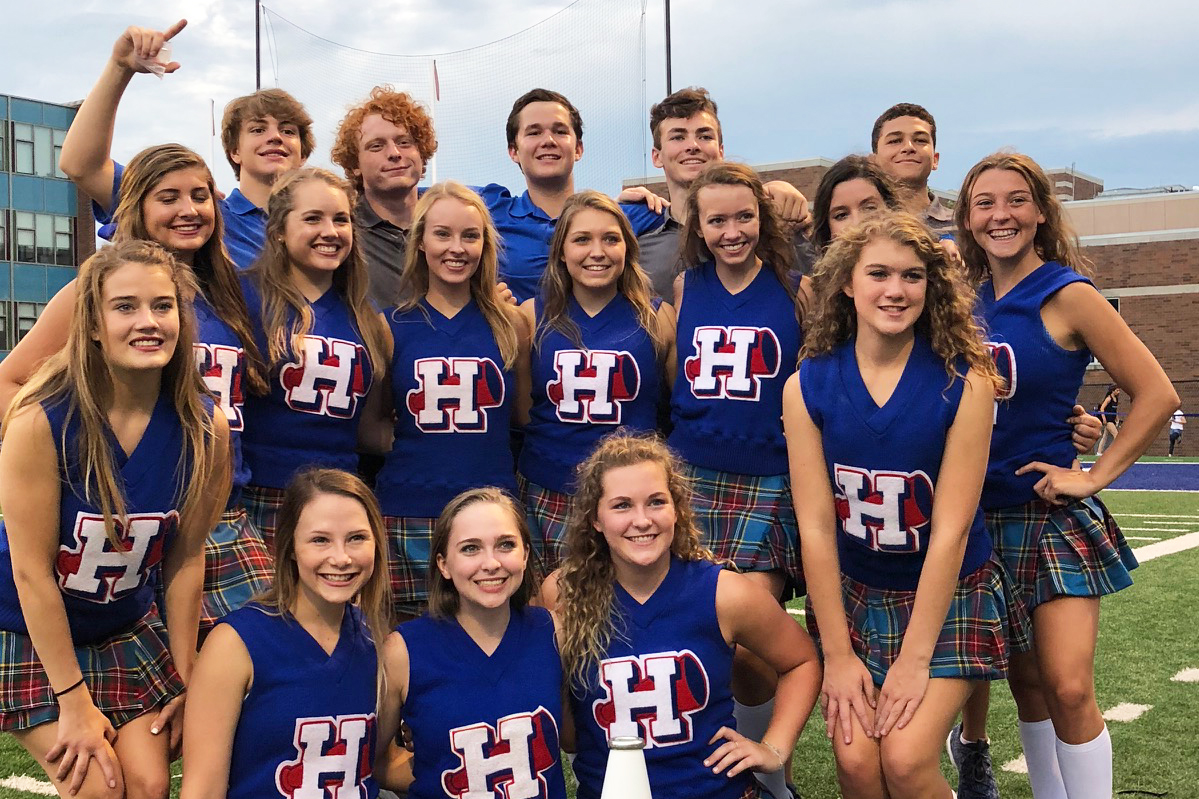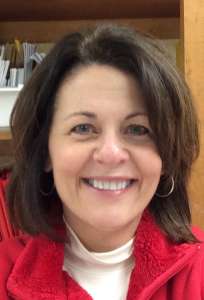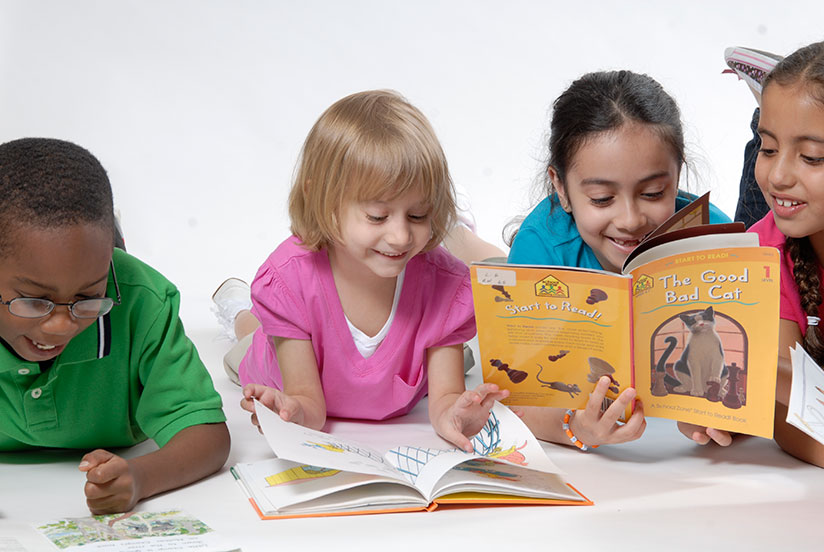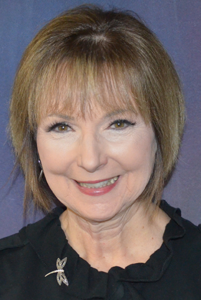Teaching and Cheerleading
by Johnny Downey
A month or so ago, I was racking my brain, over and over again to try and find a topic to explore for the wonderful opportunity to guest author on the RRCNA blog. This week, a great idea swept over me. I brainstormed some things I was passionate about, first jokingly, but after looking at my list I realized two of my great passions are great topics to blend into advice.
Some of you who know me know I am a teacher by day, cheerleading coach by evening. I am getting ready to begin years 11 and 15. It seems not nearly as long! As I’ve illustrated below, there are many things teachers and cheerleaders have in common.
| GREAT Teachers | GREAT Cheerleaders |
| -On stage at ALL times
-Celebrate EVERY success even when you’re “losing” -Encourage students to get excited about learning -Adapt to many environments to meet needs of all students |
-On stage at ALL times
-Celebrate EVERY point, even when we’re losing. -Encourage others to get excited about the event -Adapt to many environments, rain, snow, wind, flying balls, etc. |
Two lessons every Reading Recovery teacher-in-training learns are: (1) use simple language and (2) celebrate/praise the partially-correct in teaching situations. To help early readers, a Reading Recovery teacher learns early on that language is important to every lesson. Having a simple language that is easy to take on provides a child with the tools to internalize the wanted behaviors of learning to read. In cheerleading, we must remember that fans do not know exactly what we want them to say. We need to keep our cheers and chants short and easy to repeat. We introduce phrases, ask for fans to yell with us, and repeat several times in order to get the whole stadium yelling together toward a common goal.
The common goal of learning to read is where our simple language falls in the classroom. If we simplify our language around the reading process, our students can begin to internalize. Take for example my favorite thing in every Reading Recovery beginning lesson, the self-correction. Self-correcting is noticing something is wrong and attempting to do something about it. If our language is quick and simple, “try that again,” “something didn’t look right, sound right, etc.” the student can begin to internalize these simple phrases and metacognitively think about his/her reading.
If our language is full of words, and drawn out, students won’t be able to pick up as quickly. For example, if a teacher said something like, “that wasn’t right,” or “right here you said ____ and this word sounds like ___ at the beginning. Make the ___ sound with your lips. Great! Now let’s make the next sound, and the next, and the next and now let’s put it together.” By this time, the student has totally forgotten about the page they’re reading, and the book! Simple is the way to go!
Celebration is the essence of positivity in the classroom. Reading Recovery teachers let some errors slide in order to build upon the strengths of their students. Cheerleaders will do the same thing. Think of a game where the home team is down by 14, the cheerleaders don’t give up and tell the team everything they are doing wrong (even though they might want to). They get pumped up and tell the team and the fans to keep going! They celebrate and stay positive. Teachers can do the same in their classrooms. There is no need to point out every little thing that is wrong and needs fixing. No one likes that, so why waste the time? Just like a big Friday night game – be the cheerleader for your students.
- Celebrate when they first recognize they’ve made a mistake and they go back to try something.
- Celebrate that they’ve noticed! (Worry about fixing it later.)
- Celebrate when they first recognize the lowercase “b” or “d” correctly.
- Celebrate when they’ve learned to write their name efficiently.
- Celebrate if they simply do well on a running record.
- Celebrate the partially correct, build their confidence, and you can’t go wrong!
Teachers and cheerleaders should remember to use simple language that can be picked up by the students and fans – something that can be the same and repeated when needed. They must also remain positive above all and celebrate even the partially-correct in all situations.
Johnny Downy is a Learning Design Specialist with the Forest Hills School in Cincinnati, Ohio.










